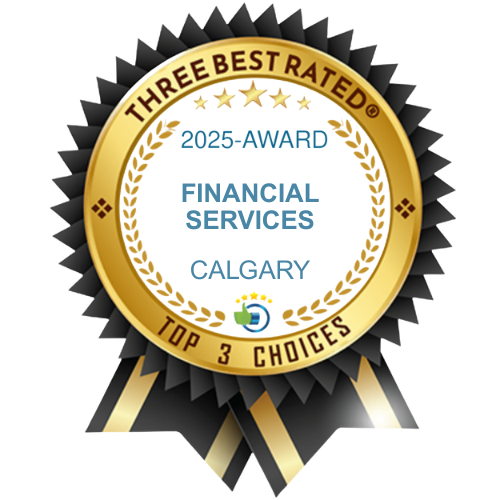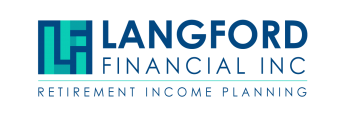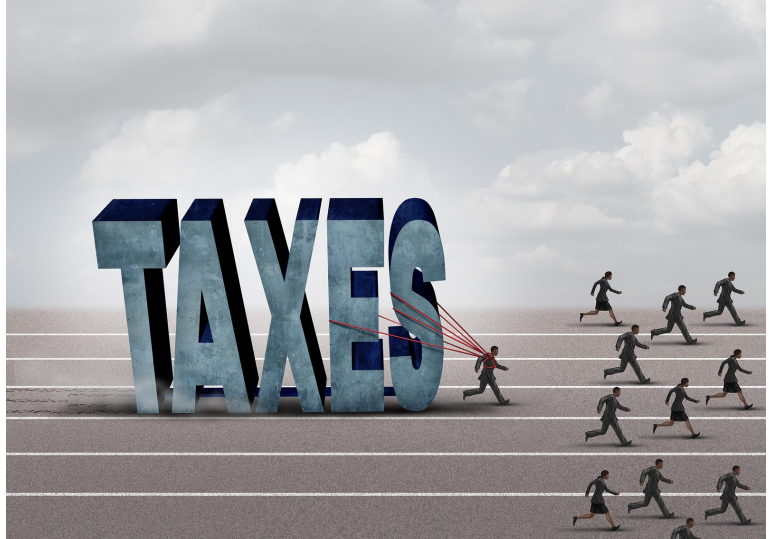There's one often overlooked way to grow your wealth and create more guaranteed returns - Reducing taxes. Way too many Canadians needlessly pay too much in income taxes. Mostly due to a lack of understanding of how our system works and a lack of tax planning.
Every dollar you save in taxes is not only an extra dollar in your pocket, it's an extra dollar you have to put to work to grow your wealth.
We had a lady book an appointment last year to discuss her finances. She came by the office and we reviewed her overall finances. She was 67 years old and still enjoying her full-time job, where she earned over $70,000 a year. She had already started taking CPP and OAS. Her biggest problem was income tax and being clawed back on her OAS. She should not have started her OAS at 65 but did not realize that she could have delayed taking it until age 70. Once you start taking CPP and OAS, you cannot undo it; once the toothpaste is out of the tube, you can't put it back in.
Her problem was she was getting clawed back on her OAS due to her high salary. Once you earn more than $74,788 per year your OAS is reduced by 15%. Every dollar over the limit and you see 15 cents taken back. This is a form of taxation. With her employment income and her CPP and OAS, she was over $84,000. Because she is single she was paying way too much tax and losing a chunk of her OAS.
So, here's what we did.
First, we got her to sign a form to start paying into CPP again. She gave that form to her employer so that she and her employer started making the proper deductions again. This not only reduced her OAS clawback it will provide her with an increase in her CPP benefits, starting next year as what is called Post Retirement Benefits. Her return on those extra CPP contributions is in the 20% range. That can't be beaten anywhere.
Secondly, we got her to take out a loan for $2000 to top up her RRSP and we also set her up on a monthly contribution plan so that she was able to reduce her taxable income below the $74,880 OAS clawback threshold. She recently called to let us know how excited she was to be getting the full OAS pension cheque each month.
Here are 6 simple strategies you can use to reduce taxes:
1.) Income splitting. This is only available for married couples, but it is a great strategy to help you pay less tax. Before age 65, eligible pension income can be split with a spouse. This is pension money from a DB pension plan, which few people have.
After age 65 RRIF income can be split with a spouse. This can dramatically reduce income tax owing. CPP benefits can also be split, as long as both spouses are collecting. (special rules apply)
2.) Age 65 tax credit. The age amount tax credit is a non-refundable tax credit. This tax credit is available to individuals who are, at the end of the taxation year, aged 65 or older. The federal age amount for 2023 is $8396 and if your income is less than $42,335 for 2022 you qualify for the full credit. The tax credit is reduced as your income exceeds $43,570 and is eliminated when your income exceeds $98,308. Click here for more info.
3.) The right kind of investment returns. Many Canadians have their money tied up in GICs at the bank. Not only are you earning a low-interest rate, but it's also the least tax-efficient income you can earn and is taxed at your highest tax rate, if held in a non-registered account. Capital gains and eligible Canadian dividends provide the most tax-advantaged income, however, you do need to understand the gross up of these dividends and how it can affect your OAS clawback.
4.) Pensionable income in retirement. The more qualified pensionable income you have in retirement the more tax efficiency you can create. Between the age of 65-71, you have an opportunity to get $2000 a year from your RRSP tax-free. Depending on your tax bracket that can be a minimum savings of $300 per year federally, plus another $150 provincially, if you live in Alberta.
5.) Tax-free growth in a TFSA. It still amazes us how few people properly utilize a TFSA. The growth in a tax-free savings account is tax-free. If there is no growth, then there are no tax savings. When your financial institution is trying to get you to put money into a TFSA in what they call a high-interest account, which is .1%, there is so little growth that the tax savings are insignificant. The TFSA also allows you to grow your money and when you take out the money to spend, it has no negative impact on your OAS or any other government benefits.
6.) Registered retirement savings plan (RRSP) – Deductible RRSP contributions can reduce your tax bill. You have until December 31 of the year in which you turn 71 to contribute to your RRSP. If you have a younger spouse it's possible to make a spousal RRSP contribution past age 71, if you have contribution room. Read more about the benefits of Spousal RRSPs.
If you would like to book a call to see how we can help you implement income strategies with more guaranteed, sustainable & tax-efficient income, simply select a meeting time in our calendar below and Nancy or I would be happy to show you how we can help you have greater peace of mind in retirement.
See: (3 Keys to a Happy Retirement)
Retirement Income & Tax Planners,
Willis & Nancy Langford
587-755-0159







